Advertisement
What is Fuchs' Dystrophy? Understanding This Eye Condition
Advertisement
Fuchs' dystrophy, also known as Fuch's endothelial dystrophy, is a condition that impacts the cornea—the clear front layer of the eye that shields us from dirt, germs, and other harmful elements. It specifically affects the endothelium, a layer of cells tasked with keeping your vision crystal clear. In folks with Fuchs' dystrophy, these cells start to break down, leading to fluid buildup and a foggy outlook on life as the cornea swells.
Symptoms of Fuchs' Dystrophy
While Fuchs' dystrophy tends to be a bilateral affair, impacting both eyes, it's sneaky. Many won't spot the symptoms until they hit their fifties. Although only about 4% of people over 40 experience it, those affected deal with a variety of symptoms that can really throw a wrench in daily life:
- Sensitivity to light brighter than a Fourth of July firework
- Halos or glare around lights
- Rough night vision
- Blurry morning eyes that get clearer as the day goes on
- A gritty feeling, like you’ve got a speck of sand stuck in there

Advertisement
How Do You Pinpoint Fuchs' Dystrophy?
Catching this condition early involves more than your basic eye check-up. An ophthalmologist will assess the cornea’s thickness, searching for telltale blisters that cause discomfort. They might also employ advanced imaging techniques to count the endothelial cells, giving them a clear picture of your situation.
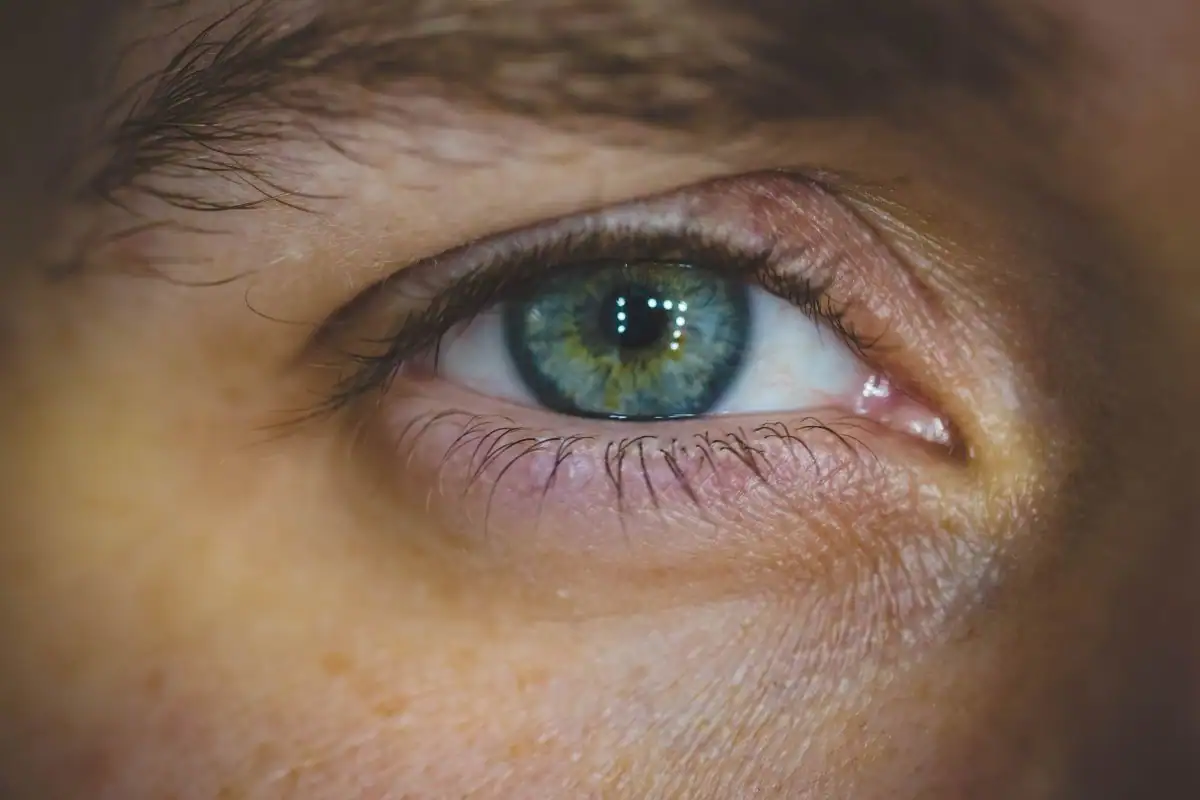
Advertisement
What's Causing This?
Pinpointing the exact trigger of Fuchs' dystrophy is tricky, but genetics play a significant role. If your family tree includes someone with the condition, you're facing a 50-50 chance of inheriting it. Lifestyle choices and conditions such as smoking and diabetes also heighten the risk, and women are more frequently affected than men, adding a layer of complexity to the risk profile.
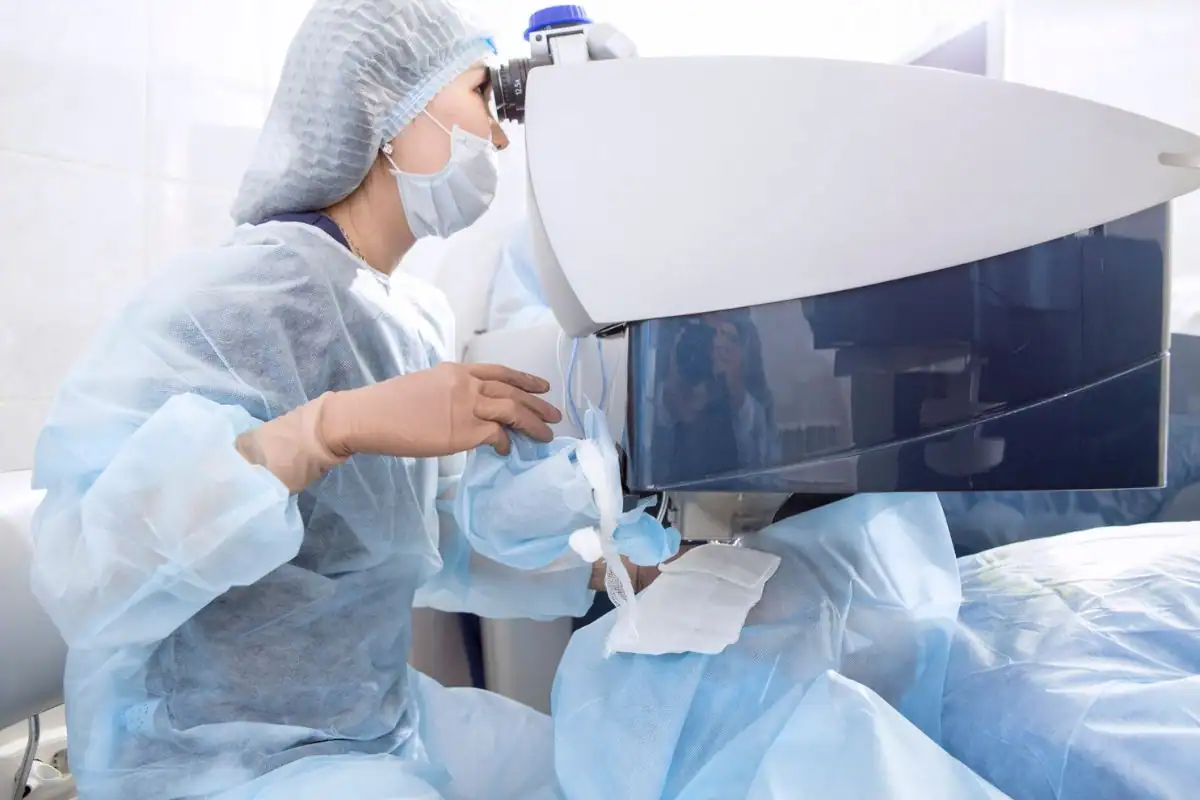
Advertisement
The Stages of Fuchs' Dystrophy
This condition unfolds in two main stages. The first stage might pass unnoticed, with minimal vision issues. However, the second stage is less forgiving, blurring vision consistently and leading to discomfort that can disrupt daily activities.

Advertisement
Navigating Treatment Options
While a cure remains elusive, managing symptoms is possible. Treatments aim to reduce corneal swelling and enhance vision clarity. Options range from medicated drops and ointments to wearing soft contact lenses designed to protect and soothe the eyes. In advanced cases, undergoing corneal transplant surgery can replace damaged tissue with healthy tissue from a donor, potentially restoring significant levels of vision.

Advertisement
Home Remedies to Ease the Symptoms
Alongside medical treatments, simple home remedies can provide relief. Regular use of saline solution eyedrops and protective, UV-blocking sunglasses can shield and soothe irritated eyes. For those days when swelling takes hold, a gentle application of warm air from a hair dryer across the face can help reduce fluid buildup, just be sure to avoid direct eye contact with the heat.
Advertisement
Emerging Treatments on the Horizon
The landscape of Fuchs' dystrophy treatment is evolving, with promising new approaches in the pipeline. Innovations such as Descemet's membrane endothelial keratoplasty (DMEK) offer less invasive solutions that focus on replacing only the affected cells, potentially speeding up recovery and reducing complications.
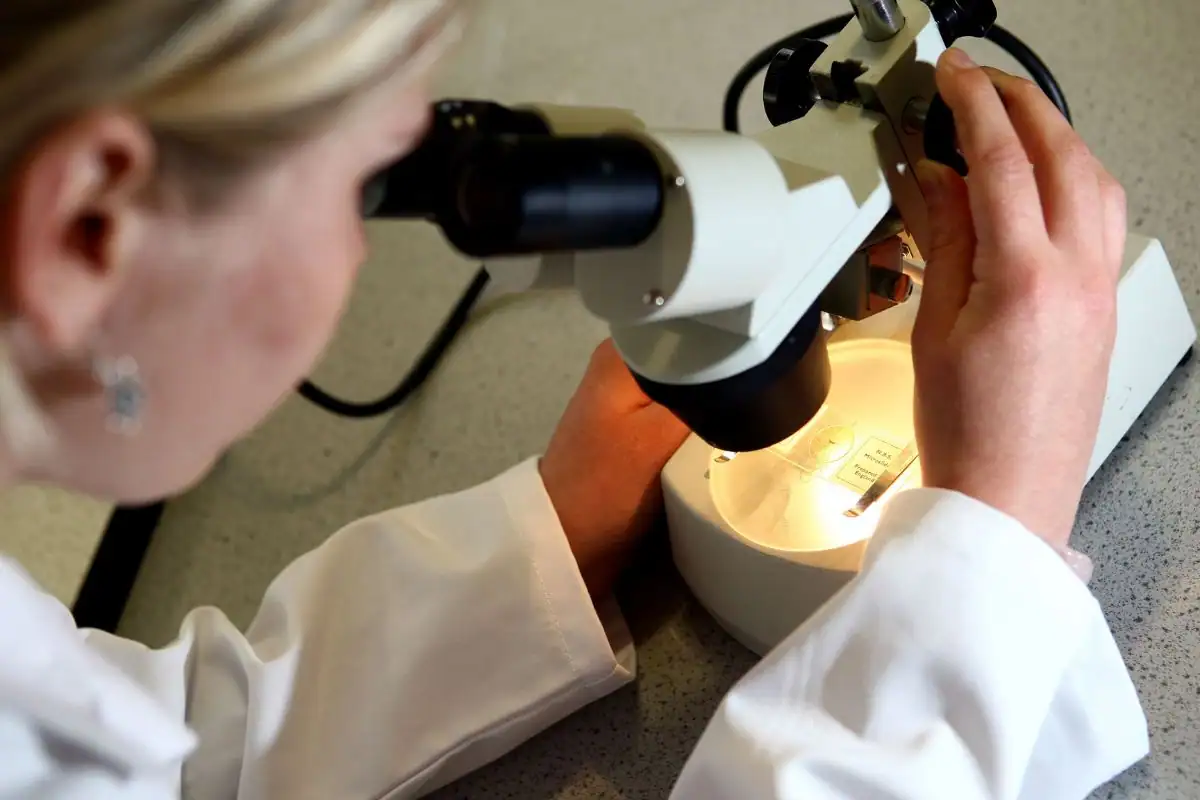
Advertisement
A Historical Glimpse
The term "Fuchs' dystrophy" honors Ernst Fuchs, an Austrian ophthalmologist who first described this corneal condition in 1910. His detailed observations laid the groundwork for understanding the symptoms and progression of this eye disease.
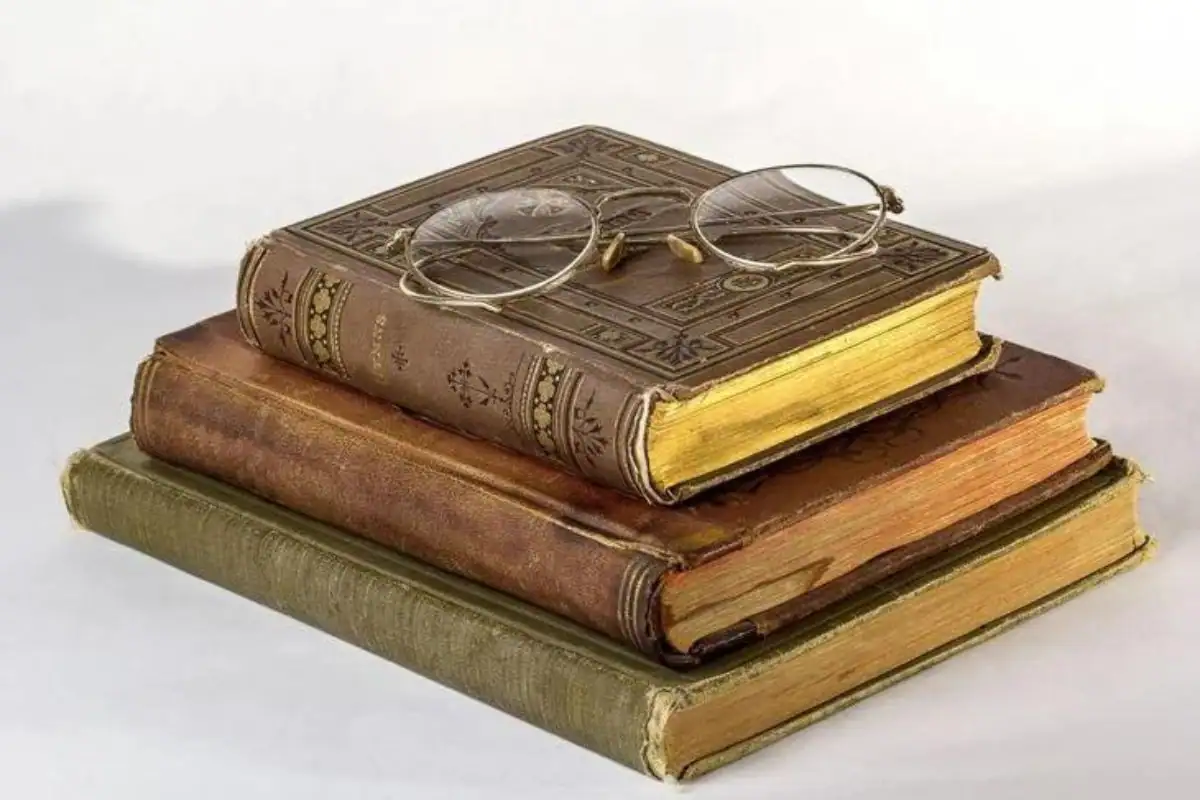
Advertisement
Is Blindness a Concern?
Although the threat of blindness looms large in discussions about corneal diseases, the advancements in ophthalmological care have made blindness from Fuchs' dystrophy increasingly rare. Importantly, the disease primarily affects the cornea and spares the retina and optic nerve, which are critical for vision.
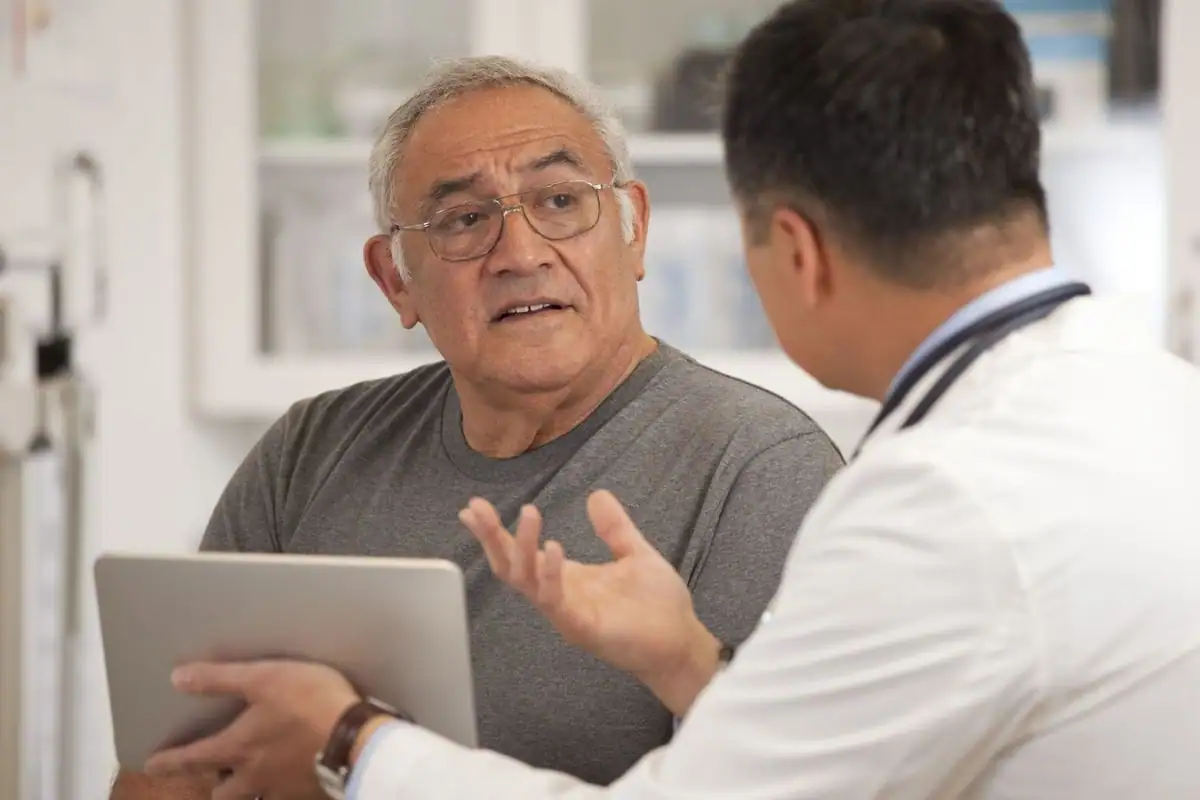
Advertisement
The Double Trouble of Fuchs' Dystrophy and Cataracts
It’s not uncommon for individuals to face both Fuchs' dystrophy and cataracts, the latter of which clouds the eye’s lens and compounds vision issues. Since cataract surgery can exacerbate corneal problems, doctors often recommend addressing both conditions simultaneously to minimize overall recovery time and protect eye health.

.png)




